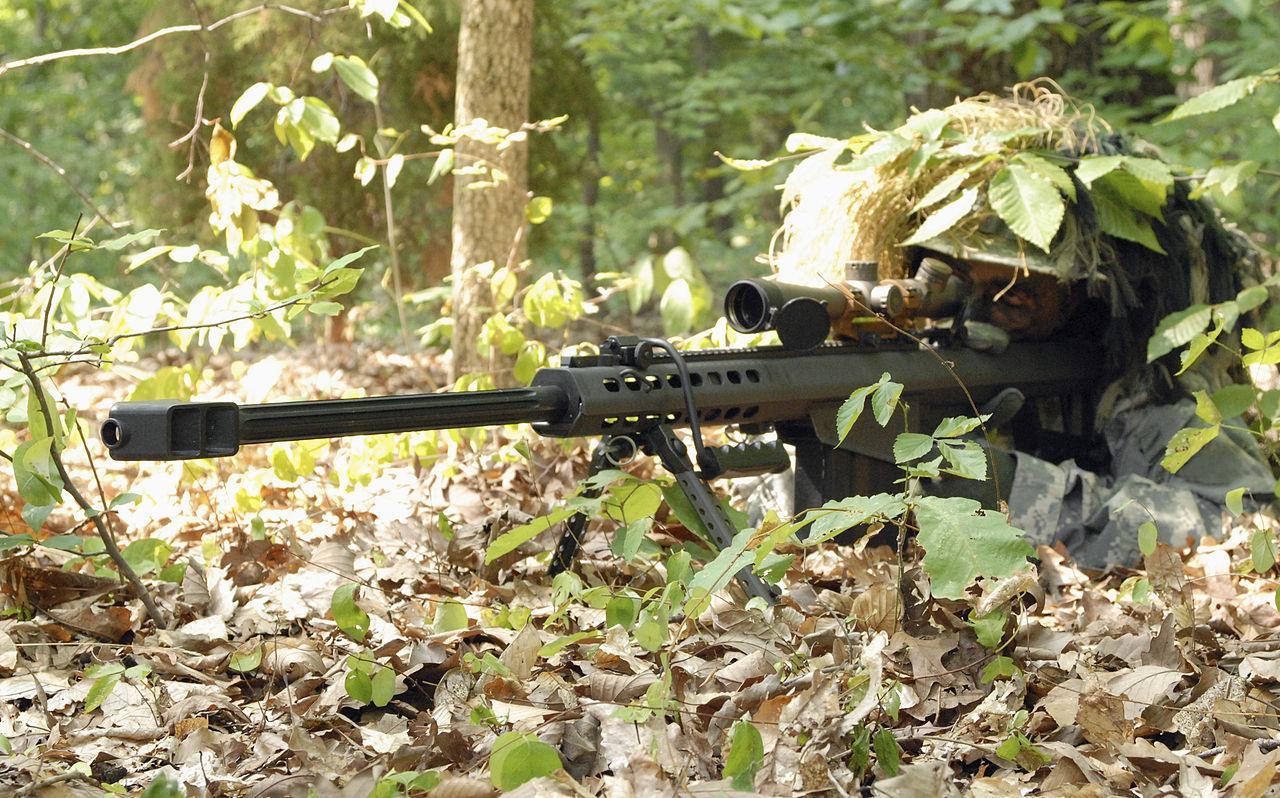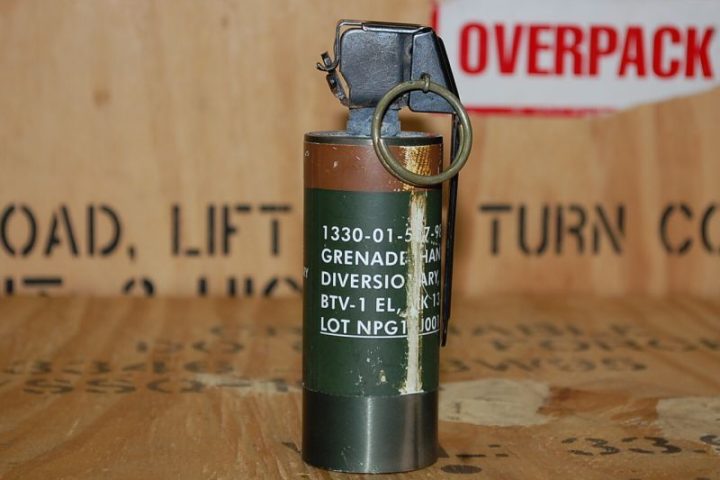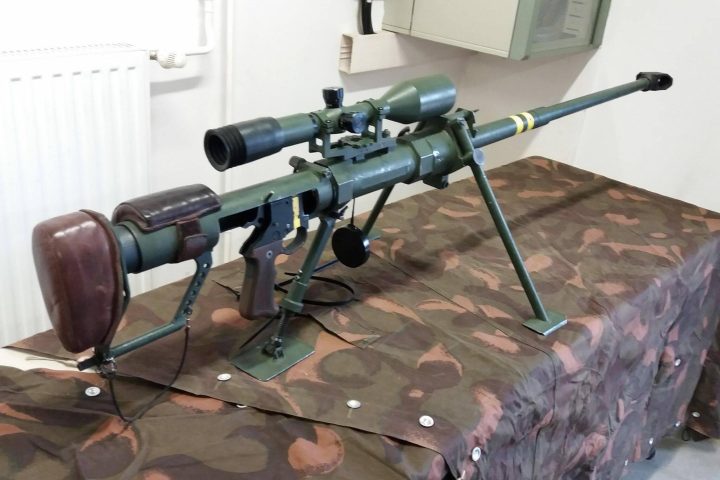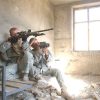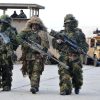The Barrett M82 rifle was one of the first successful designs in an entirely new field that appeared in the 1980s. Generally referred to as a long-range sniping rifle, its purpose is not sniping at enemy personnel but vulnerable high-technology equipment. It was standardized by the US military as the M107 in 2002, while the rifle itself was introduced to the market in 1989.
Introduction
The scenario envisaged for this type of weapon is a two or three-main infiltration party which can slip through enemy lines, set up on a hill perhaps a mile away from a forward radar station or a fighter airstrip or a communications center, and then, by a few well-aimed and powerful shots, wreck the equipment. The rifle than can be abandoned, and the men make their escape; the loss of a few thousand dollars worth of the rifle is negligible against the destruction of half-a-dozen fighter aircraft or vital air defense radar.

Since it was introduced, the Barrett M82 was in the trial phase with the US Army. For years, it was in the “testing” alongside Barrett M95, Barrett M99, and other .50 cal rifles, and then suddenly, the Army decided on the Barrett M82, a semi-automatic rifle. In summer 2002, the M82 finally emerged from its Army trial phase and was approved for “full materiel release,” meaning it was officially adopted as the Long Range Sniper Rifle, Caliber .50, M107. The M107 uses a Leupold 4.5–14×50 Mark 4 scope.
Design
The barrel and locked bolt recoil about 25 mm in the firing frame absorbed a good deal of the recoil force, making the rifle almost as comfortable to fire as an ordinary big-game rifle. An accelerator arm unlocks the bolt, though the recoil continues rearwards to extract and eject the empty case. The barrel is returned to its forward position by a spring. Another spring drives the bolt forward, stripping a fresh cartridge from the magazine and chambering it; finally, the bolt rotates and locks into the chamber.
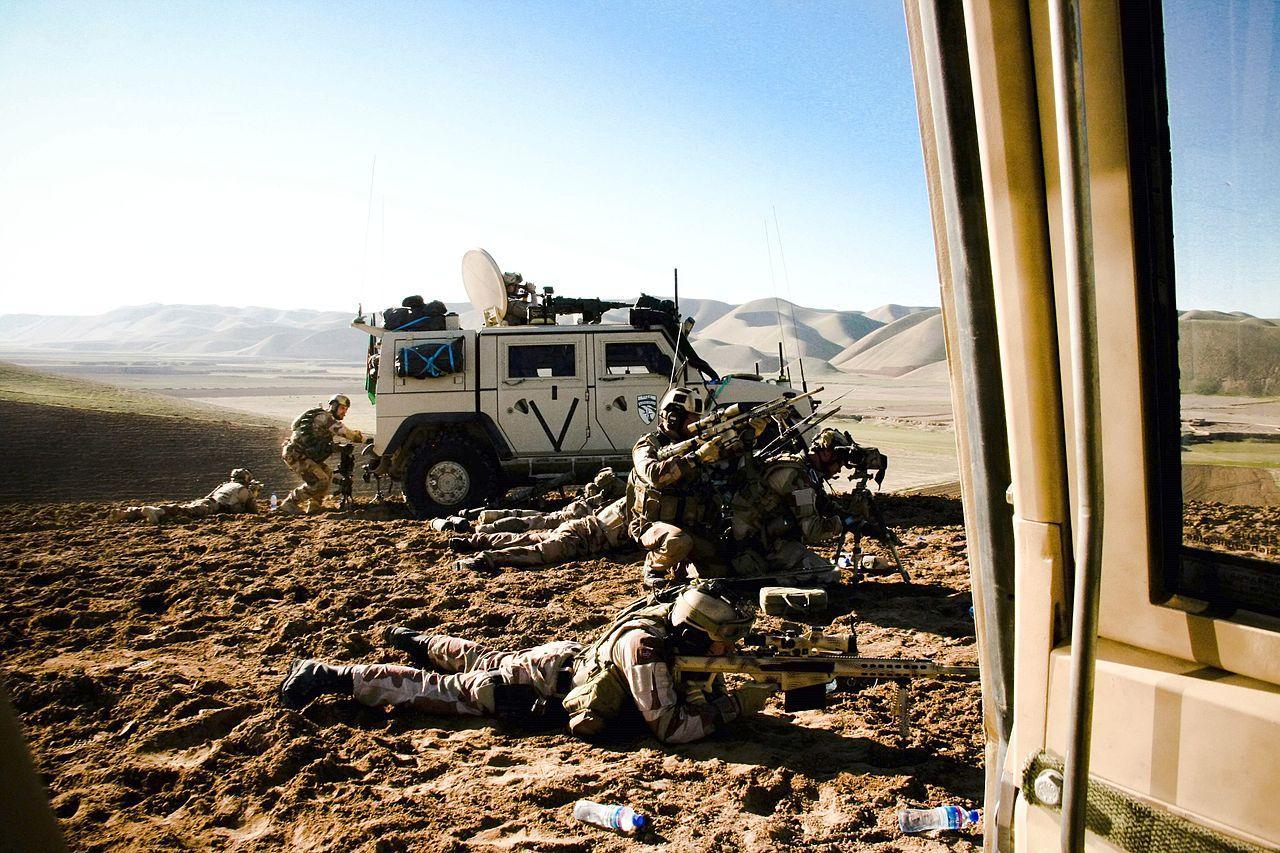
The barrel is fitted with a high-efficiency muzzle brake, which reduces the recoil by 65 percent, and an adjustable bipod is fitted. A 10x telescope sight is fitted as standard, and this has a special sighting reticle calibrated to the particular ammunition. The manufacturers recommend using the armor-piercing explosive/incendiary bullet for maximum target effect, but the rifle will fire any standard Browning ammunition.
Variants
- M82: 12.7×99mm Barrett M82 semi-automatic rifle.
- M82A1: 12.7×99mm Barrett M82A1 semi-automatic rifle. Improved variant including redesigned muzzle brake.
- M82A1A: 12.7×99mm Barrett M82A1 semi-automatic rifle variant. Optimized for use with the Raufoss Mk 211 .50 caliber round.
- M82A1M: 12.7×99mm Barrett M82A1 semi-automatic rifle variant. Improved variant including lengthened accessory rail. Includes rear grip and monopod socket.
- M82A2: 12.7×99mm Barrett M82A2 semi-automatic rifle. Shoulder-mounted.
- M82A3: 12.7×99mm Barrett M82A3 semi-automatic rifle. New production rifles built to M82A1M specifications, featuring lengthened accessory rail, which is usually, but not always, raised higher up than the M82A1M/M107. Unlike the
- M82A1M/M107 does not include a rear grip and monopod socket.
- XM107/M107: Initially used to designate 12.7×99mm Barrett M95 bolt-action rifle. Designation changed to apply to a product improved M82A1M variant. Includes lengthened accessory rail, rear grip, and monopod socket.
Users
The Barrett M82A1 Light Fifty has been used by the US Army, Navy, and Marine Corps. Several agencies also use it as a device for dealing with explosive ordnance – terrorist bombs and unexploded bombs – which can be destroyed from a safe range by one shot. The rifle is also used by dozen countries worldwide.
Barrett M82’s Longest recorded kill
The M82A1 Fifty is a semi-automatic rifle firing the .50 in Browning heavy machine gun cartridge. It can make accurate hits on ranges up to 1800 yards, depending upon the type of target. But, the longest recorded confirmed hit with a Barrett M82A1 Light Fifty (Barrett M107) was at 3,079 yards (2,815 meters). An unidentified member made the hit of the 2nd Commando Regiment of the Australian Army. The confirmed kill occurred on April 2, 2012, in Afghanistan. The ammunition used was 12.7mm MP NM140F2 Grade A.
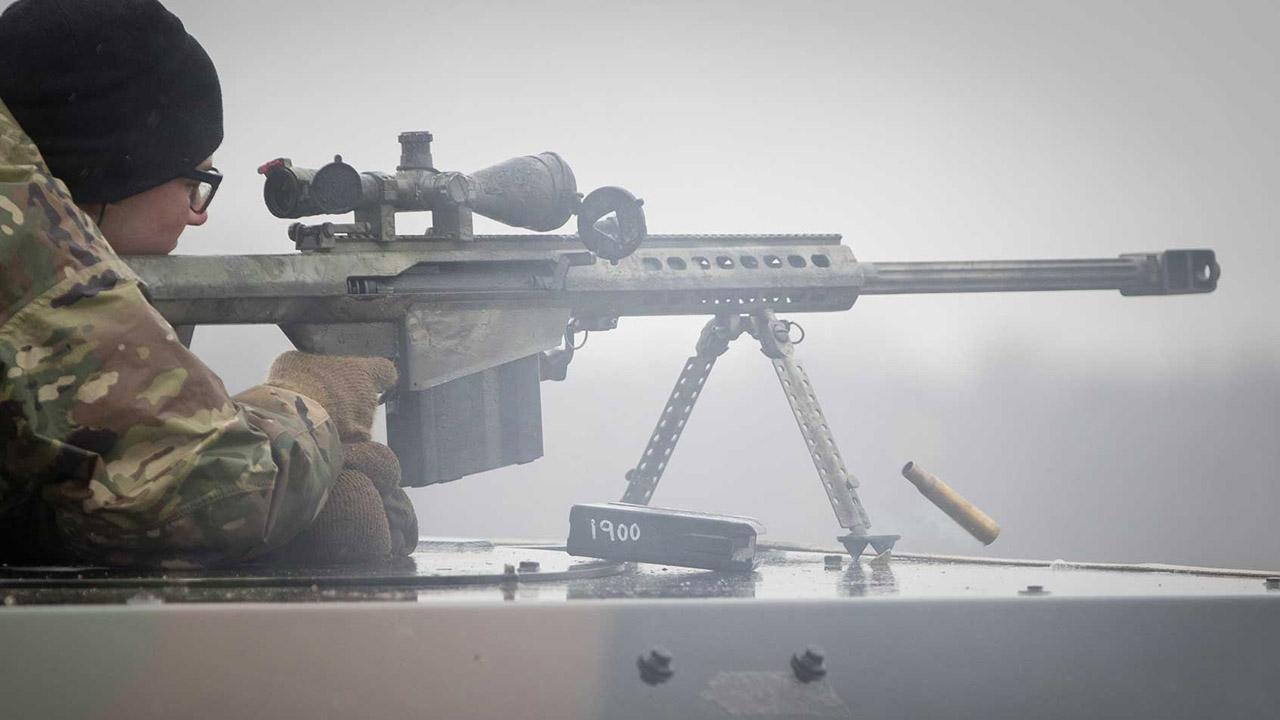
Barrett M82 vs. Barrett M107: What’s the difference?
The M82 is a recoil-operated semi-auto .50 BMG caliber rifle. The Barrett M107 is the M82 as adopted for service with the US Army, which, for reasons best known to itself, likes to rename things it buys. For example, the Beretta 92, in service as the M9, or the SIG Sauer 228, in service as the M11. There’s no fundamental difference between the civilian or military versions of any of these. The Barrett M107 has a more extended M1913 rail, a spiked bipod, and a rear monopod. There are no mechanical differences. You can have your very own M82A1 for a mere $13,000, scope extra.
Technical specifications
| Manufacturer: | Barrett Firearms Manufacturing Inc., Murfreesboro, Tennessee, United States |
| Type: | recoil-operated, semi-automatic |
| Caliber: | .50 in |
| Barrel: | 29 in (737 mm) |
| Weight (empty): | 28.4 lbs (12.9 kg) |
| Magazine capacity: | 5- or 10-round detachable box magazine |


